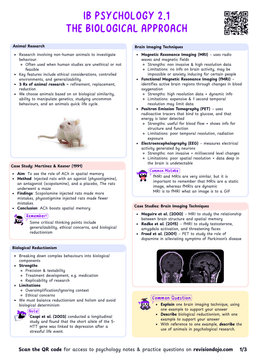Equal and Unequal Cytokinesis
Cytokinesis
Cytokinesis is the process of dividing the cytoplasm of a parent cell into two daughter cells.
- It occurs after nuclear division (mitosis or meiosis), physically separating the cell into two distinct cells.
- Te cytoplasm, organelles, and other cellular components are distributed between daughter cells.
- Imagine dividing a pizza between two friends.
- You could split it evenly, or give one person a larger share.
- Cytokinesis works similarly, determining how the cytoplasm of a parent cell is shared between daughter cells.
Equal Cytokinesis: A Balanced Split
- In most cases, cytokinesis divides the cytoplasm equally between daughter cells.
- This ensures that both cells receive the resources they need to survive and function.
- Key Features of Equal Cytokinesis
- Symmetrical Division: The cytoplasm is divided evenly, producing two daughter cells of similar size.
- Organelle Distribution: Each daughter cell receives at least one mitochondrion and other essential organelles.
- Purpose: Common in cells that need to grow, repair tissues, or maintain genetic uniformity, such as skin cells or root tip cells in plants.
The large oocyte stores nutrients and organelles to support early embryonic development, while the polar bodies degenerate.
Unequal Cytokinesis: Asymmetrical Division
- In some cases, cytokinesis divides the cytoplasm unequally, producing daughter cells of different sizes.
- This occurs for several reasons:
- One cell may be specialized to retain most resources (e.g., nutrients, organelles).
- The smaller cell may have a different function or may degenerate.
- This strategy is used when one daughter cell needs to be particularly large or well-resourced.
All Daughter Cells Must Receive Certain Organelles
Regardless of whether cytokinesis is equal or unequal, both daughter cells must receive at least one of certain organelles that cannot be synthesized from scratch.
- Organelles That Must Be Inherited:
- Mitochondria:
- Cannot be made de novo (from scratch).
- Must be inherited from the parent cell.
- Each daughter cell must receive at least one mitochondrion to produce ATP.
- Chloroplasts (in plant cells):
- Like mitochondria, can only arise from pre-existing chloroplasts.
- Must be passed to daughter cells during division.
- Other membrane-bound organelles:
- Organelles like the ER and Golgi apparatus can form from pre-existing structures.
- Daughter cells typically inherit portions of these organelles during cytokinesis.
- Mitochondria:
Organelles that can only be made by dividing pre-existing structures must be distributed to both daughter cells, even if cytokinesis is unequal.
Examples of Unequal Cytokinesis
Two key examples demonstrate this:
Budding Yeast
- Budding is a form of asexual reproduction in yeast where cytokinesis is highly unequal.


